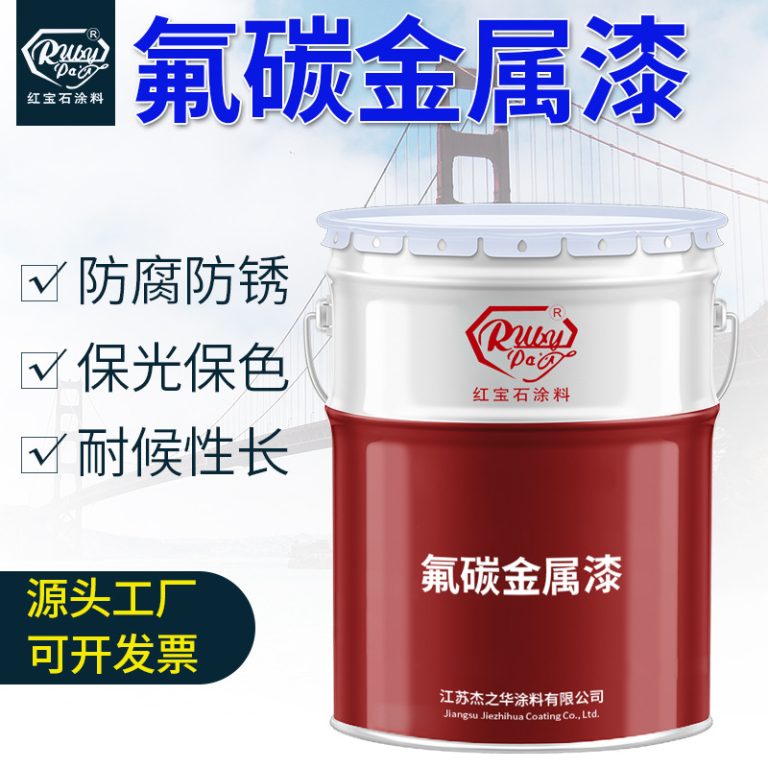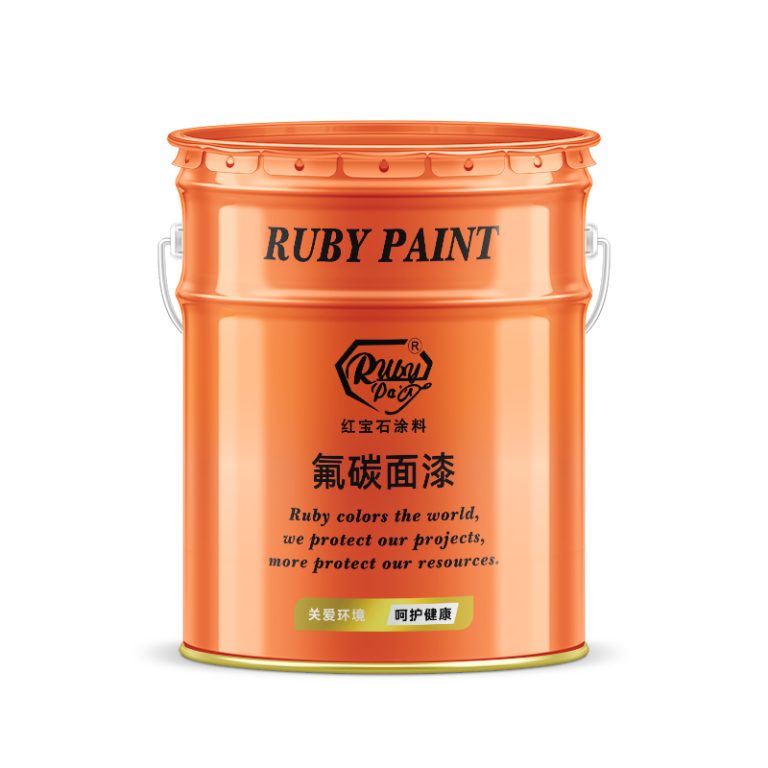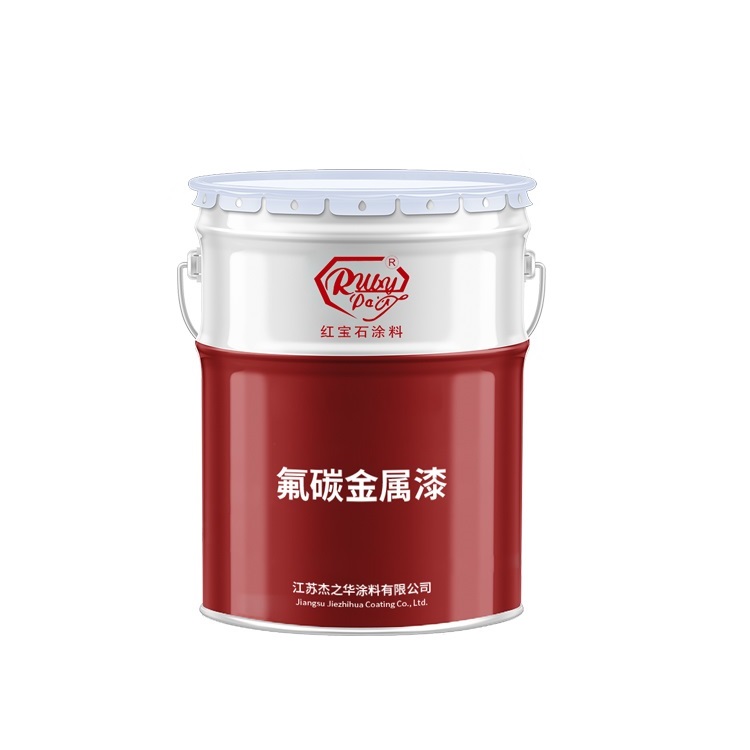Table of Contents
Techniques for Painting Over Electrostatic Paint
Electrostatic paint, also known as powder coating, is a popular choice for metal surfaces due to its durability and resistance to corrosion. However, there may come a time when you want to change the color or refresh the appearance of an object that has been electrostatically painted. The question then arises: can you paint over electrostatic paint? The answer is yes, but there are specific techniques and considerations to keep in mind to ensure a successful outcome.
Before you begin painting over electrostatic paint, it is crucial to prepare the surface properly. The first step is to thoroughly clean the surface to remove any dirt, grease, or other contaminants that could prevent the new paint from adhering properly. Use a mild detergent and warm water to clean the surface, and then rinse it thoroughly with clean water. Once the surface is clean, it should be dried completely before proceeding to the next step.
After cleaning, the next step is to lightly sand the surface. This will create a rough texture that will help the new paint adhere better. Use fine-grit sandpaper and sand the surface evenly, taking care not to remove too much of the existing paint. After sanding, wipe the surface with a tack cloth to remove any dust or debris.
| Serial Number | Product Name |
| 1 | Epoxy Zinc rich paint |
Once the surface is prepared, you can begin applying the new paint. It is important to choose the right type of paint for the job. For best results, use a paint that is specifically formulated for use on metal surfaces. These paints are designed to adhere well and provide a durable finish. When applying the paint, use a high-quality brush or roller to ensure even coverage. Apply the paint in thin, even coats, allowing each coat to dry completely before applying the next.
It is also important to consider the environment in which you are painting. Temperature and humidity can affect the drying and curing time of the paint, so it is best to paint in a well-ventilated area with moderate temperature and humidity levels. Avoid painting in direct sunlight or in extreme temperatures, as this can cause the paint to dry too quickly or unevenly.
Once the final coat of paint has been applied, it is important to allow it to cure fully before using the object. Curing time can vary depending on the type of paint used, so be sure to follow the manufacturer’s recommendations. During the curing process, the paint will harden and become more durable, providing a long-lasting finish.
In conclusion, painting over electrostatic paint is possible, but it requires careful preparation and attention to detail. By following the steps outlined above, you can achieve a professional-looking finish that will refresh the appearance of your metal surfaces. Whether you are updating the color of a piece of furniture or restoring an old metal object, painting over electrostatic paint can be a rewarding DIY project.
Best Types of Paint to Use Over Electrostatic Paint Surfaces
Electrostatic paint, also known as powder coating, is a popular choice for metal surfaces due to its durability and resistance to corrosion. However, there may come a time when you want to change the color or refresh the appearance of an object that has been electrostatically painted. The question then arises: can you paint over electrostatic paint? The answer is yes, but it is important to choose the right type of paint and follow the proper preparation steps to ensure a successful outcome.
| No. | Product |
| 1 | Industrial paint |
When considering painting over electrostatic paint, it is essential to select a paint that will adhere well to the surface and provide the desired finish. One of the best types of paint to use for this purpose is acrylic paint. Acrylic paint is known for its excellent adhesion properties and can be applied directly to a variety of surfaces, including metal. It is also available in a wide range of colors and finishes, making it a versatile choice for updating electrostatically painted surfaces.
Another suitable option is epoxy paint. Epoxy paint is highly durable and resistant to chemicals, making it ideal for surfaces that may be exposed to harsh conditions. It also provides a strong bond to metal surfaces, ensuring that the new paint layer will remain intact over time. Epoxy paint is typically used in industrial and commercial settings, but it can also be used for residential projects where durability is a key concern.
In addition to acrylic and epoxy paints, alkyd paint is another viable option for painting over electrostatic paint. Alkyd paint is oil-based and offers excellent coverage and durability. It is particularly well-suited for surfaces that require a high-gloss finish, as it tends to leave a smooth and shiny appearance. However, it is important to note that alkyd paint has a longer drying time compared to other types of paint, so it may not be the best choice if you are looking for a quick turnaround.
Before applying any type of paint over electrostatic paint, it is crucial to prepare the surface properly. This involves cleaning the surface thoroughly to remove any dirt, grease, or other contaminants that could prevent the new paint from adhering properly. A mild detergent and water solution can be used for this purpose, followed by a thorough rinsing and drying of the surface. Once the surface is clean, it is recommended to lightly sand the area to create a rough texture that will help the new paint adhere better. After sanding, be sure to remove any dust or debris before proceeding with the painting process.
In conclusion, painting over electrostatic paint is possible, but it requires careful consideration of the type of paint to use and proper surface preparation. Acrylic, epoxy, and alkyd paints are all suitable choices, each offering its own set of benefits depending on the specific requirements of the project. By following these guidelines, you can successfully update the appearance of electrostatically painted surfaces and achieve a durable and attractive finish.





